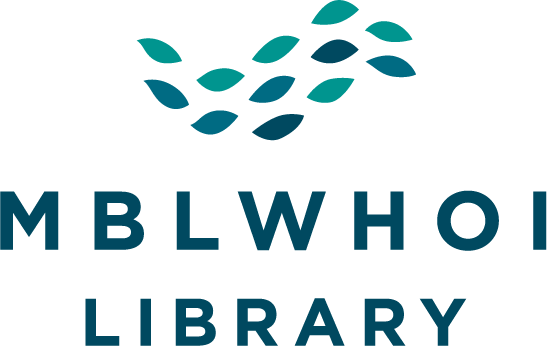Copyright in General Terms
Copyright in the US is a constitutional right (governed by elaborate national laws and international treaties) that gives the copyright owner specific rights—including the right to control and collect royalties for:
- reproduction of the work
- distribution of the work
- the making of “derivative” works (this includes assembling collections of individual articles and chapters into a “course pack” or authorizing translations of a work)
- authorizing others to do any of the above, including public performance or public display (posting something on a website is considered a performance/display)
Most works in the MBLWHOI Library created since 1923 are still protected by copyright. When copyright “expires” (this depends on when the work was created and by whom), the work passes into the “public domain” and may be used by anyone, for any purpose, without permission.
The “Fair Use Doctrine” of the Copyright Act grants an individual the right to reproduce and distribute copyrighted items on a limited basis “for purposes such as criticism, comment, news reporting, teaching (including multiple copies for classroom use), scholarship, or research.” There are also guidelines that govern the conditions under which libraries may exchange copies via interlibrary loan.
All research or educational uses are not “fair use.” Four factors determine whether the use of a work is considered a fair use:
- the purpose and character of the use, including whether such use is of a commercial nature or is for nonprofit educational purposes;
- the nature of the copyrighted work (scientific text vs a poem);
- the amount and substantiality of the portion used in relation to the copyrighted work as a whole (general guideline for fair use: 1 article from a journal issue; 1 chapter or 1/10th of a book—whichever is greater); and
- the effect of the use upon the potential market for or value of the copyrighted work.
Beyond fair use, the permission of the copyright owner must be secured prior to using a work for particular purposes AND you may be required to pay a royalty fee for such use.
Books, chapters, images, journal articles, and theses are copyrighted. Most scientists routinely sign away their copyright to publishers when they publish their research results in scientific journals and books. In such cases, authors must consult the specific details in their copyright transfer form to determine what uses a particular publisher allows. Authors may need the permission of the copyright holder (typically the publisher) to make copies in any format for distribution to colleagues, to post their articles on their personal (institutional) websites, or to reuse figures or images in new scientific works.
Publications created by US federal employees in the course of their employment are not subject to copyright and are considered part of the public domain.
